CODA Weather News
Home » CODA News
CODA Weather News
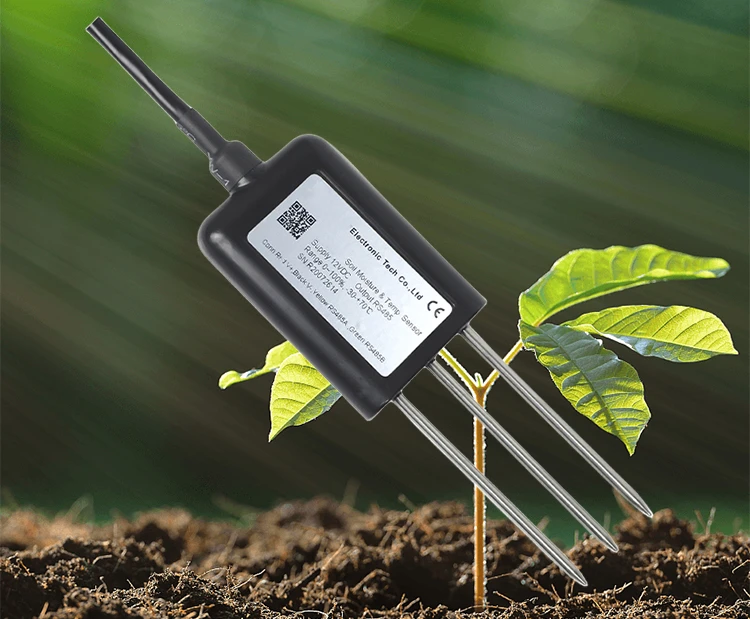
Working Principle and Application Value of IoT Soil Moisture Sensors
An IoT soil moisture sensor is a device designed to measure the moisture content within soil using Internet of Things (IoT) technology to wirelessly transmit data.
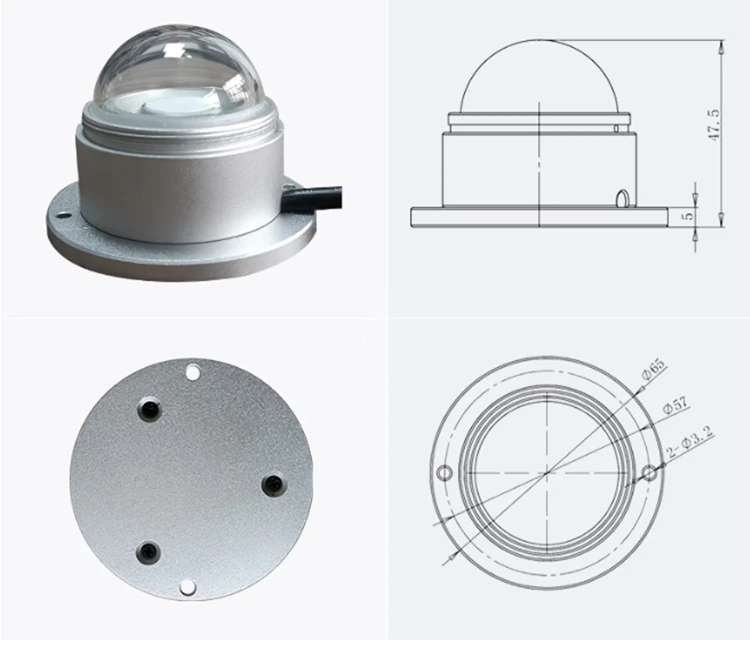
Weather Station UV Index Sensors: what is the uv radiation
Ultraviolet (UV) rays are a crucial component of the sun’s emitted electromagnetic spectrum. While invisible to the human eye, it has both beneficial and detrimental effects on health.
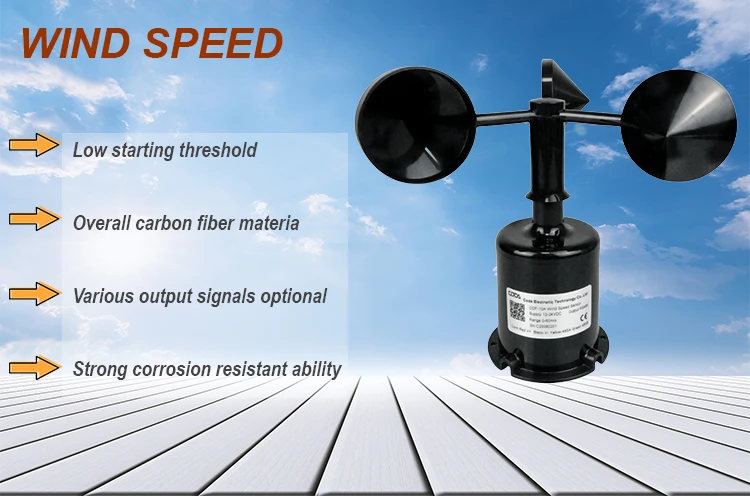
How to use an anemometer to measure wind speed instrument?
An anemometer is an instrument for gauging wind velocity. It often uses the wind cup model. People commonly find this model in weather stations.
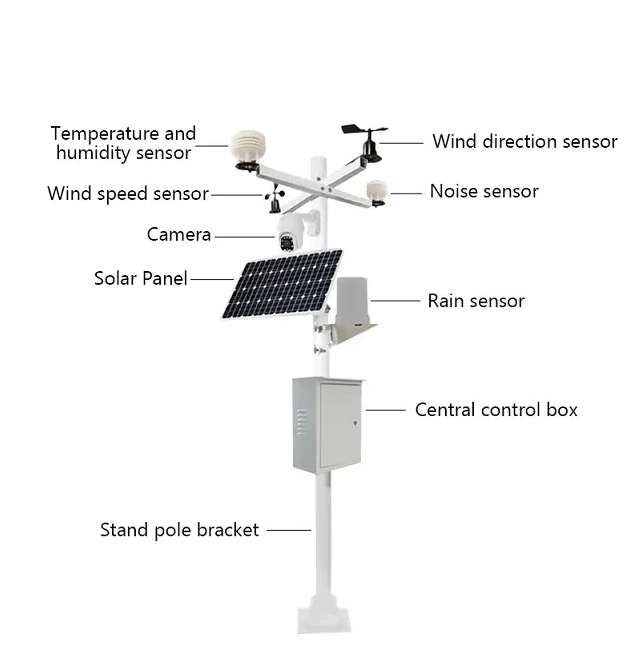
How Weather Stations Measure Climate Parameters
Are you searching for a tool to collect accurate weather data for site-specific predictions? People know this tool as a weather station.
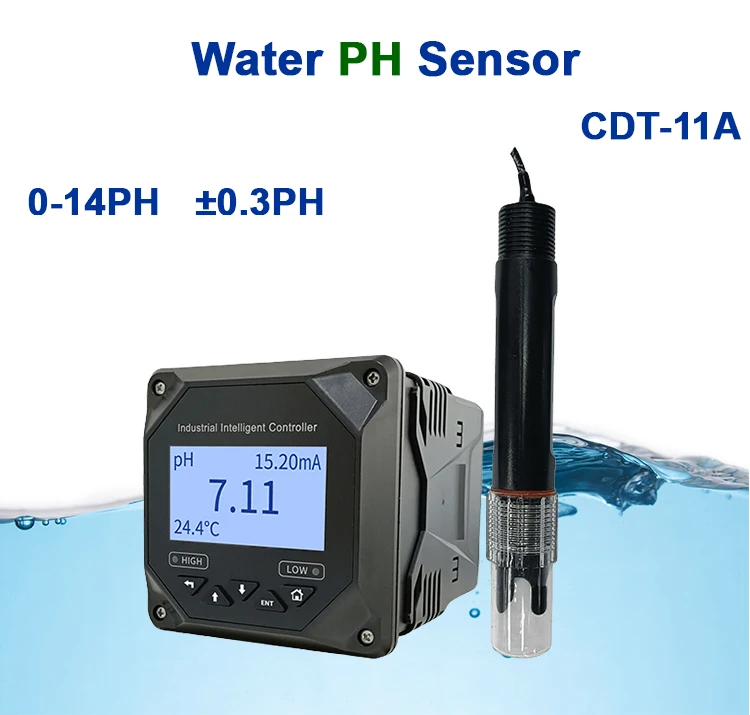
What is a Water Quality pH Sensor?
A water pH sensor is an essential tool for determining the acidic or basic nature of water.

How to define an Automated Weather Station
Automated Weather Stations (AWS) are advanced systems designed to collect weather data. They use high-tech sensors and equipment.
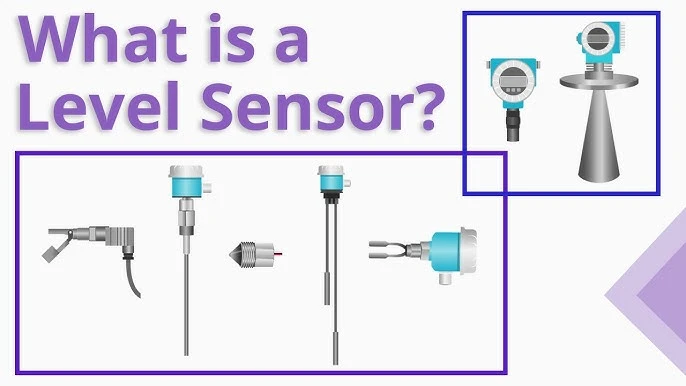
How Do water level detector sensor Work?
Water level sensors are devices designed to convert the real-time measurements of water levels into corresponding electrical signals.
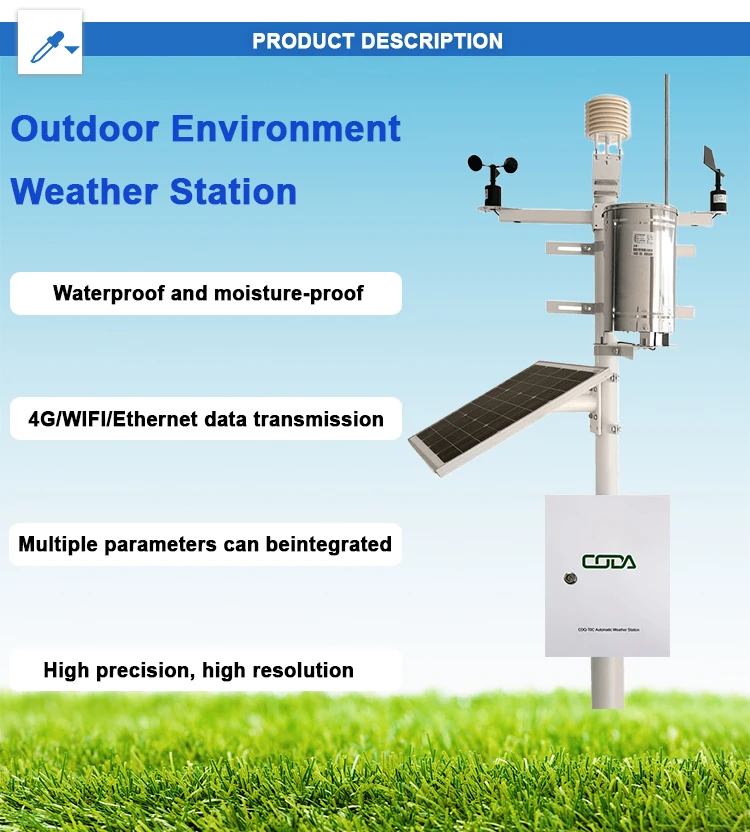
The disadvantages of weather stations
An automatic weather station is a kind of observational device created to independently collect and transmit weather-related information.
Search
Have A Question?

Welcome to Hunan CODA Electronic Technology Co., LTD
- Building S5, Oakes Plaza, Changsha, Hunan
- Monday to Friday: 9:00 a.m. to 20:00 p.m
- (+86)17775769236
- [email protected]



